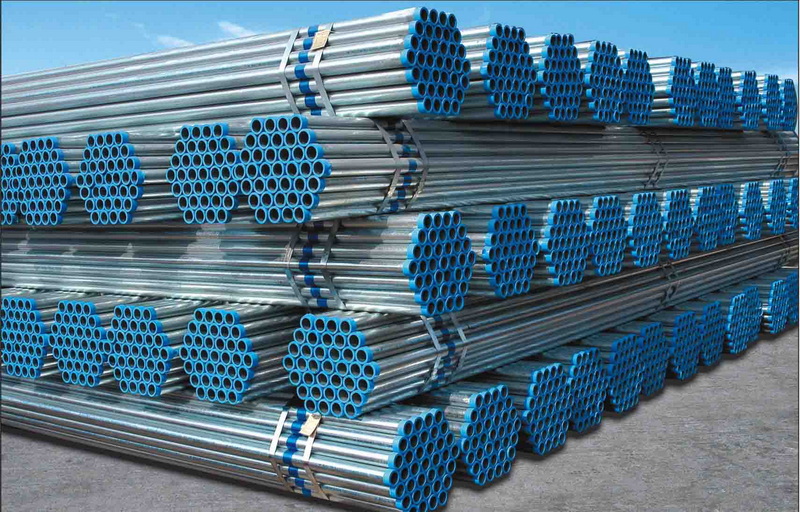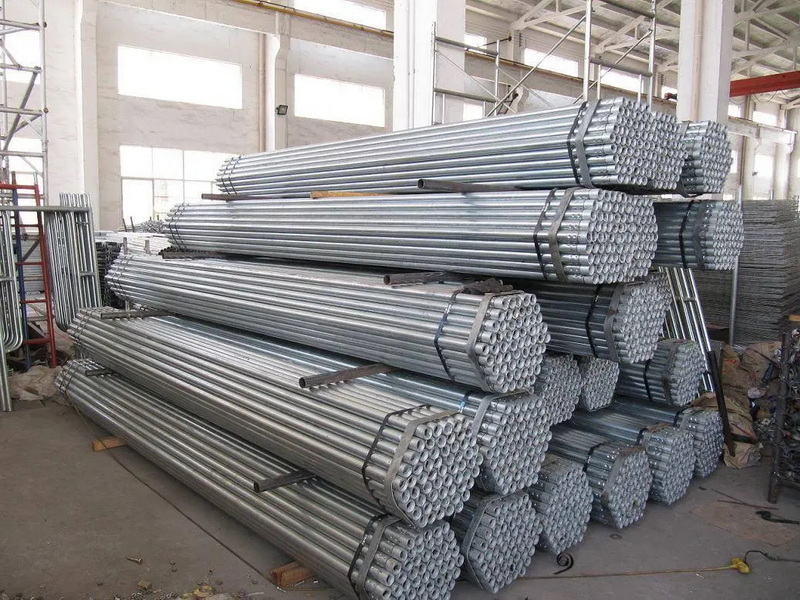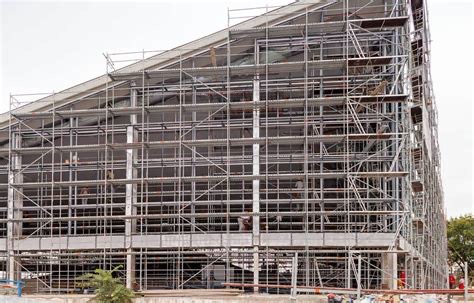Content Menu
● Introduction to Steel Tube Scaffolding
● Types of Scaffolding Tubes
● Load Capacity Calculations
● Load Capacity Tables
● Safety Considerations
● Heavy-Duty Scaffolding Frames
● Testing and Certification
● Advanced Scaffolding Systems
● Modular Scaffolding
● Environmental Factors
● Wind Load Calculations
● Case Studies
● Conclusion
● FAQ
>> 1. What is the typical outer diameter of steel tube scaffolding?
>> 2. How is the load capacity of steel tube scaffolding calculated for tension loads?
>> 3. What are the different types of tubes used in steel tube scaffolding?
>> 4. What safety considerations should be taken when using steel tube scaffolding?
>> 5. How are heavy-duty scaffolding frames tested for load capacity?
● Citations:
Steel tube scaffolding is a crucial component in construction, maintenance, and repair projects, providing safe access to elevated areas. Understanding the load capacity limits of steel tube scaffolding is essential for ensuring safety and efficiency on site. This article will delve into the specifics of steel tube scaffolding, its types, load capacity calculations, and safety considerations.

Introduction to Steel Tube Scaffolding
Steel tube scaffolding is widely used due to its strength, durability, and versatility. It consists of steel tubes with a typical outer diameter of 48.3 mm and a wall thickness of at least 3.2 mm, often galvanized for corrosion resistance. The tubes are used in various configurations, including standards, ledgers, transoms, and bracing.
Types of Scaffolding Tubes
1. Standards: These are the vertical tubes that support the scaffold structure.
2. Ledgers: Horizontal tubes that connect standards and support the working platform.
3. Transoms: Tubes placed between ledgers to provide additional support.
4. Bracing: Tubes used to stabilize the scaffold structure.
Load Capacity Calculations
The load capacity of steel tube scaffolding depends on several factors, including the material properties, tube dimensions, and the type of loading (tension, compression, bending, or torsion). For tension loads, the capacity can be calculated using the formula:
Nt=At×fy×ϕ
where:
- At is the cross-sectional area of the tube,
- fy is the yield strength of the material,
- ϕ is a safety factor.
For example, a 48.3x3.2 mm tube with a yield strength of 250 MPa has a tension capacity of approximately 102.01 kN under Australian standards.
Load Capacity Tables
| Design Standard | Section | Design Tension Strength |
| AU | 48.3x3.2 (Grade 250) | 102.01 kN |
| EU | 48.3x3.2 (Grade 250) | 96.86 kN |
| US | 1.900x0.120 (Grade A53) | 88.2 kN (19.82 kip) |
Safety Considerations
Safety is paramount when using steel tube scaffolding. Here are some key considerations:
1. Proper Assembly: Ensure all components are correctly assembled and secured.
2. Load Limits: Never exceed the maximum intended load.
3. Regular Inspections: Conduct regular checks for damage or wear.

Heavy-Duty Scaffolding Frames
Heavy-duty scaffolding frames are designed to handle significant loads, often used in large-scale construction projects. These frames can support substantial weights, with some having an average capacity of 40,300 lbs.
Testing and Certification
Scaffolding components must undergo rigorous testing to ensure they meet safety standards. For example, tests conducted at Texas A&M University validate the load limits of scaffolding frames according to ANSI/SSFI SC100-5/05 standards.
Advanced Scaffolding Systems
Advanced scaffolding systems integrate technology and innovative designs to enhance safety and efficiency. These systems often include modular components that can be easily assembled and disassembled, reducing labor costs and improving site logistics.
Modular Scaffolding
Modular scaffolding systems are highly versatile and can be customized to fit complex building geometries. They are particularly useful in projects requiring frequent reconfiguration, such as film sets or temporary event structures.
Environmental Factors
Environmental factors such as wind, rain, and extreme temperatures can affect the stability and load capacity of steel tube scaffolding. It is essential to consider these factors during the design and installation phases.
Wind Load Calculations
Wind loads can significantly impact scaffolding stability. Calculations must account for wind speed, direction, and the scaffold's exposure category. For instance, in high-wind areas, additional bracing or anchoring may be required to ensure stability.
Case Studies
Several case studies highlight the importance of understanding load capacity limits in real-world applications:
1. High-Rise Construction: In a recent high-rise project in Dubai, steel tube scaffolding was used to support exterior cladding installation. The scaffolding was designed to withstand high winds and support heavy loads, ensuring safe working conditions for workers.
2. Historic Building Restoration: During the restoration of a historic building in Paris, modular scaffolding was used to access intricate facades without damaging the structure. The scaffolding was carefully designed to distribute loads evenly, preserving the building's integrity.
Conclusion
Steel tube scaffolding is a vital tool in construction, offering flexibility and strength. Understanding its load capacity limits is crucial for safe and efficient use. By adhering to design standards and safety protocols, scaffolding can provide reliable access for workers across various projects.

FAQ
1. What is the typical outer diameter of steel tube scaffolding?
Steel tube scaffolding typically has an outer diameter of 48.3 mm.
2. How is the load capacity of steel tube scaffolding calculated for tension loads?
The load capacity for tension loads is calculated using the formula Nt=At×fy×ϕ, where At is the cross-sectional area, fy is the yield strength, and ϕ is a safety factor.
3. What are the different types of tubes used in steel tube scaffolding?
The different types include standards (vertical support), ledgers (horizontal support), transoms (additional support), and bracing (stabilization).
4. What safety considerations should be taken when using steel tube scaffolding?
Key safety considerations include proper assembly, adherence to load limits, and regular inspections for damage.
5. How are heavy-duty scaffolding frames tested for load capacity?
Heavy-duty scaffolding frames are tested under controlled conditions, such as those conducted at Texas A&M University, to validate their load limits according to industry standards.
Citations:
[1] https://skyciv.com/quick-calculators/scaffolding-calculator/
[2] https://www.youtube.com/watch?v=_La74H8RUhA
[3] https://blog.csdn.net/weixin_40289064/article/details/79669930
[4] https://scaffoldingrentalandsales.com/blog/weight-capacity-of-heavyduty-scaffolding-frames/
[5] https://www.youtube.com/watch?v=veF4uSUtrEY
[6] https://max.book118.com/html/2017/0425/102172593.shtm
[7] https://www.cando.com.au/the-importance-of-height-and-load-capacity-in-scaffolding-systems/
[8] https://www.shutterstock.com/video/search/steel-pipe-scaffold
[9] https://max.book118.com/html/2017/0425/102212537.shtm
[10] https://scaffoldtype.com/what-is-a-scaffolds-maximum-intended-load/
[11] https://www.labour.gov.hk/eng/public/pdf/os/D/TOS_Guidance_notes_eng.pdf






















